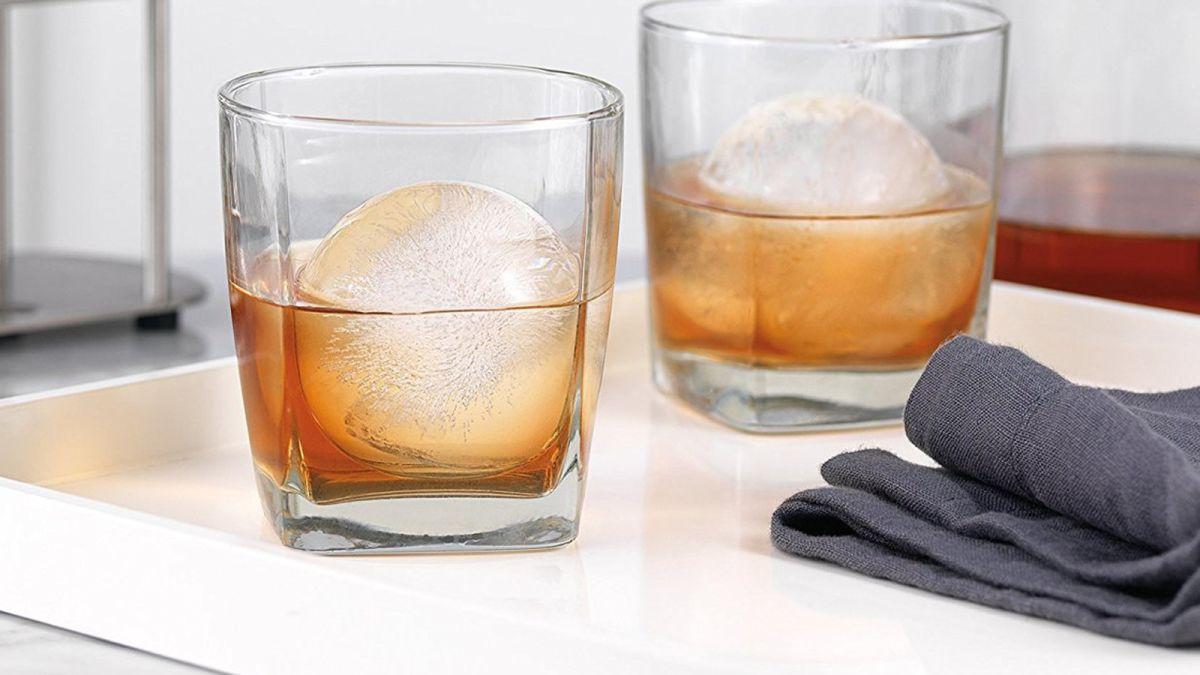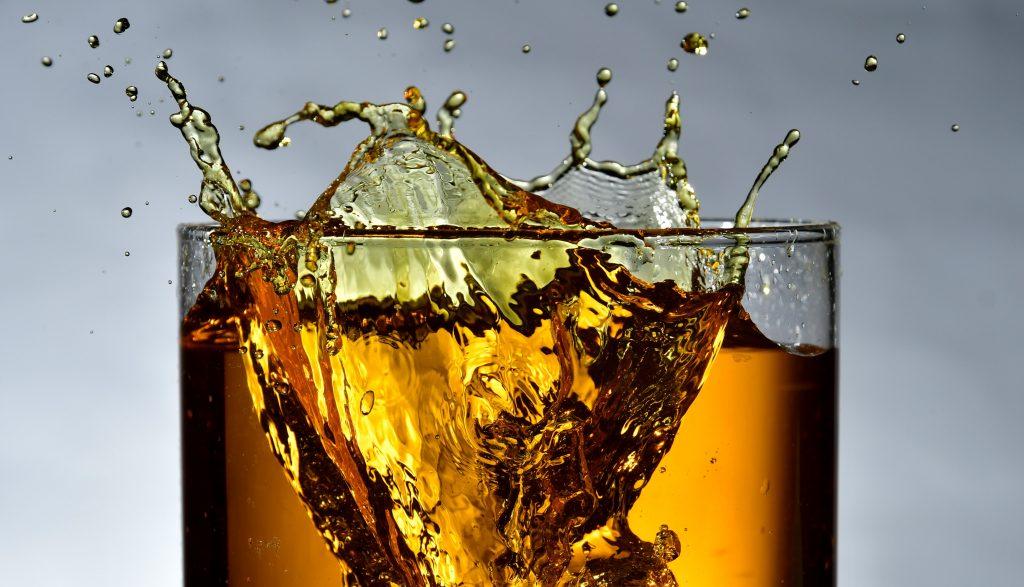
The Art of Non-Alcoholic Spirits
blog
For decades, spirits and cocktails have fostered a culture of craft, connection, and celebration. But over time, cocktail culture has evolved far beyond the buzz!

Written by Andy Upchurch, Owner, Bin 110.

You've chosen your whiskey, but now you're faced with the second decision to add ice or enjoy it "neat." There are many schools of thought on this question, but we're going to examine what to factor in to help you make the choice that best suits your palate.
Most whiskey purists will suggest that neat is the only way to go. There are many reasons for this opinion, but a couple of scientific arguments would be:
This is a fair statement, especially if you fall into the category of a "slow sipper." The longer you plan to have your whiskey resting on ice, the less flavor you can expect to enjoy as the ratio of water vs. whiskey increases.
Again… another fair statement. I have this conversation often with wine drinkers who ask for their white wine to be served "ice-cold." My rule of thumb with wine is that the cheaper the wine, the more you might want to blunt the flavor.
Conversely, the higher end that bottle of Chardonnay might be, serving it up at a warmer temperature will allow you to taste more of the complexities within the juice. This thought process is true in the whiskey world as well.

As with most things, the answer is not usually black or white, but more of a convoluted gray. There are many factors that might make ice your preference. With regard to this debate:
Un-cut, barrel proof offerings have become much more prevalent in the marketplace. As a matter of personal taste, I am a huge fan of this whiskey iteration. But consider this: one of Elijah Craig's Barrel Proof releases this year checks in at a whopping 135 proof. When you consider that the majority of bourbons are in the 90-proof range, suffice to say this is a bold drink that can definitely handle a little ice and/or water.
Much like extreme cold can blunt flavor, many would argue that having too high a proof can mute some of the nuances of a whiskey. A little ice melt can help bring out those flavors and aromas more definitively for you to appreciate.
All ice is not created equally. At Bin110, my bar in North Carolina, we offer crystal-clear ice spheres as an option to whiskey drinkers. The reason we use these spheres is twofold: not only does it dress up a fresh poured glass of whiskey, but there's a science behind its shape.
An ice sphere exposes less surface area for the same amount of volume than a cube of ice — by almost 25%. This results in a significantly slower melt than traditional ice cubes, allowing you to chill your whiskey without completely weakening its flavor. This leaves you to sip and enjoy a cold drink at your own pace.

There's no need to phone a friend here. As with many of these decisions, the answer lies within your individual preference.
But as I often preach, don't be afraid to experiment a little. Try your favorite bourbon neat. Then add a few drops of water and try it again. In your next glass, add an ice sphere. What you might find is that your pre-conceived notions of how you are supposed to like your whiskey may not line up with your actual preference.
Moreover, I can virtually guarantee that your answer to the "ice vs. neat" debate will change with each individual whiskey you experiment with, depending upon a number of factors like age, proof, and the cask-finish of the whiskey you're sampling.
In other words, don't stress about "ice vs. neat" — just pour yourself a glass and sip it your way. Cheers!
Written by Andy Upchurch, Owner, Bin 110.

blog
For decades, spirits and cocktails have fostered a culture of craft, connection, and celebration. But over time, cocktail culture has evolved far beyond the buzz!

blog
Those that are familiar with the process of crafting distilled spirits may also be familiar with the 10 common congeners that are created during fermentation, and honed during the distillation run. Each congener has its own distinct personality, rendering unique tastes and aromas to the finished spirit.

blog
So, you want to start distilling with freshly milled grain. Maybe you're tired of paying top dollar for the pre-milled stuff from the malt distributor, and you're ready to invest in the quality, efficiency, and bulk pricing that comes with milling your own whole grain. But where do you start?